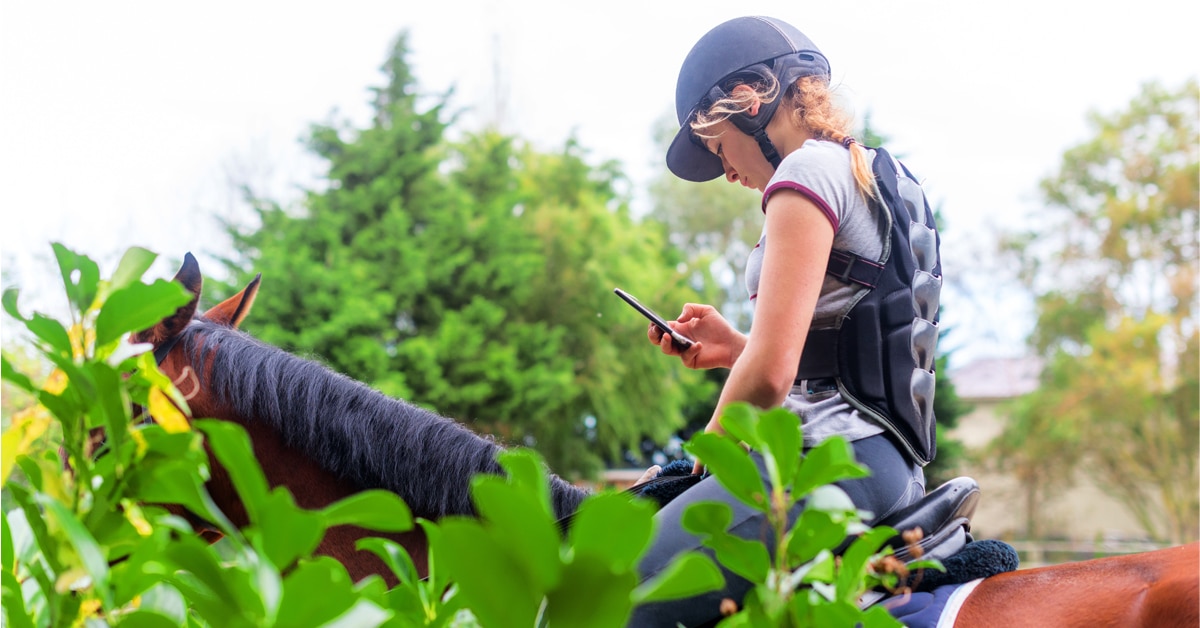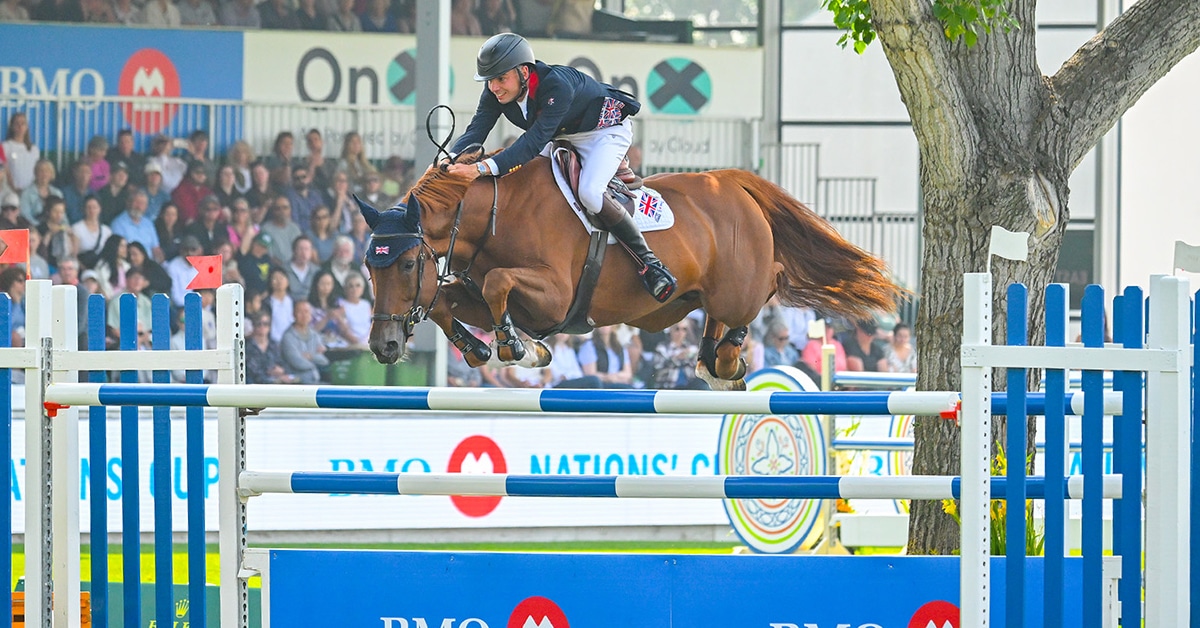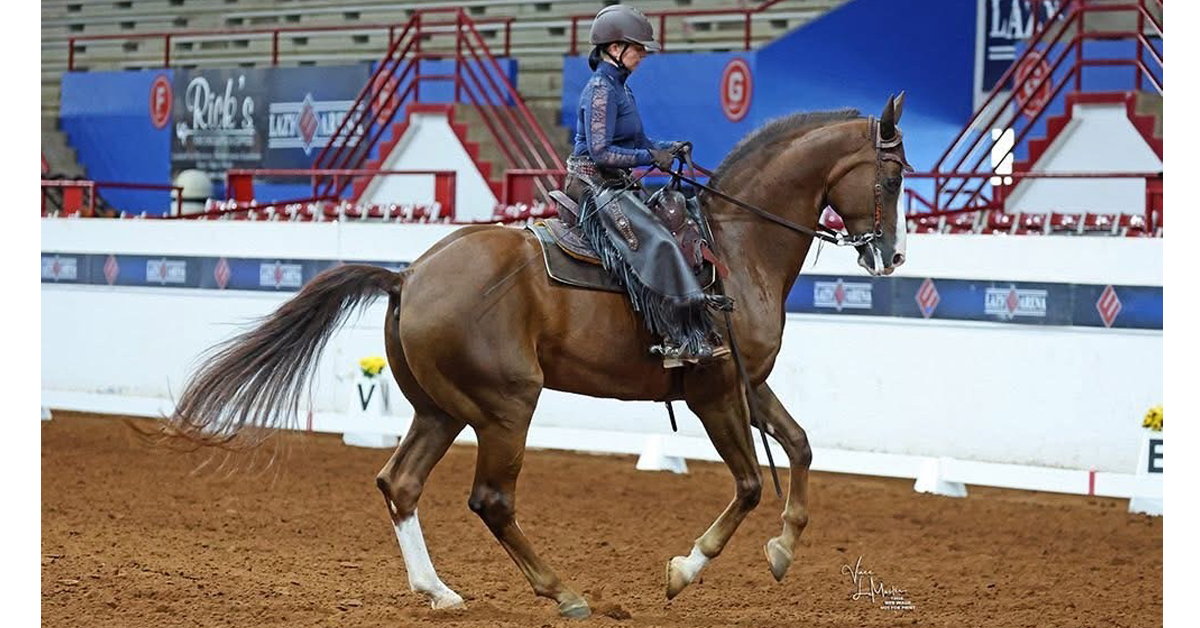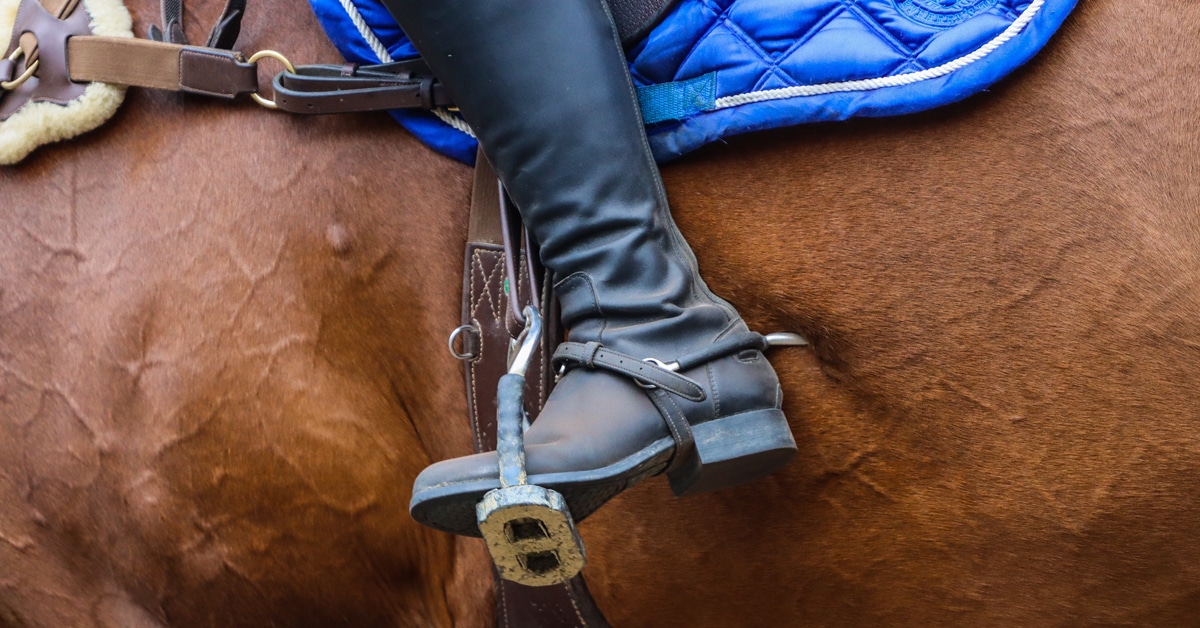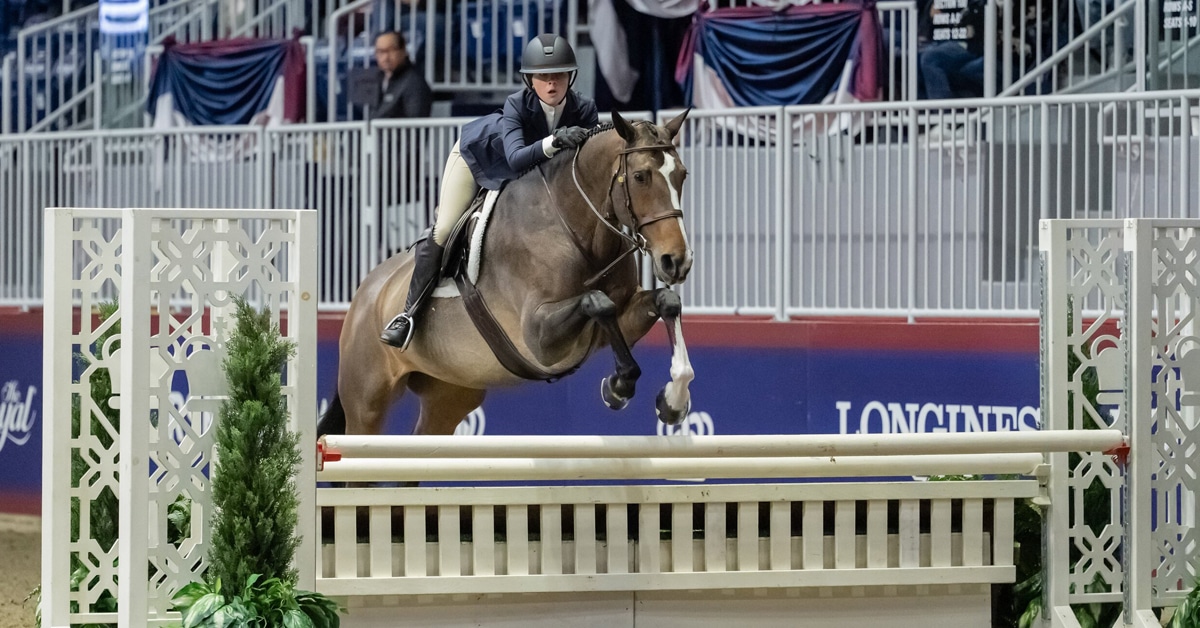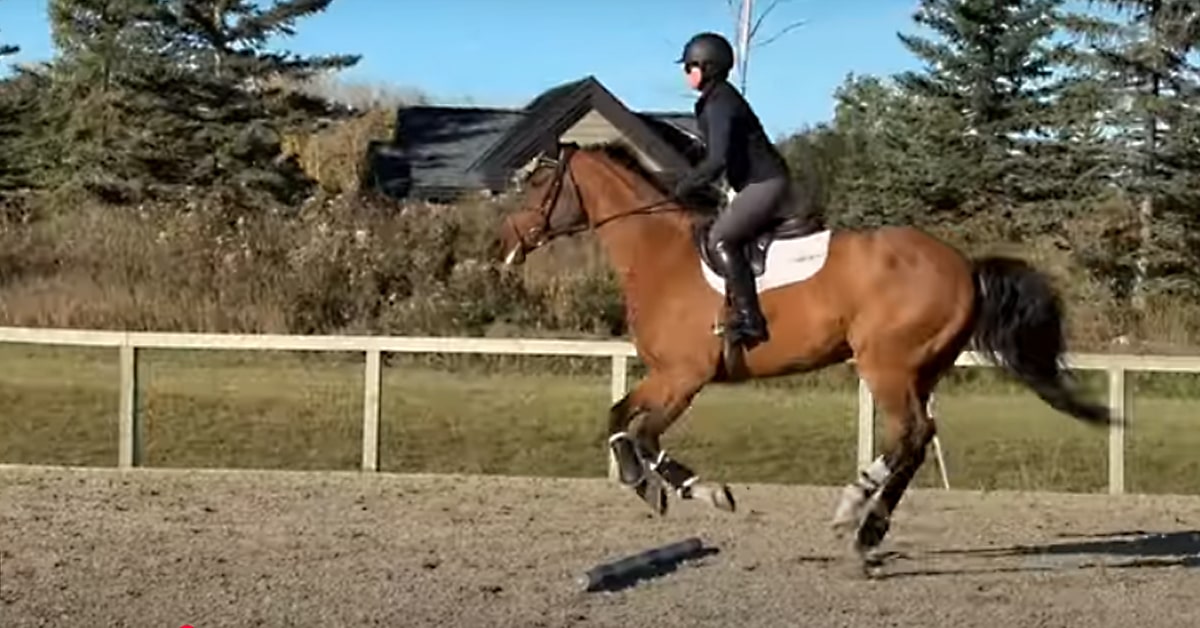Gymnastic exercises are a regular part of our program year-round. During busy show season, it is a nice way to keep the horses in tune, finding particular things we want to isolate or focus on, without having to jump too many jumps – just enough to stay fit and sharp between competitions. During the winter months, or other longer breaks during the season, we do a lot of gymnastics to really get into the fundamentals.
As always, the first place to start is to have a plan of what we are trying to achieve with our gymnastic. The one below is a nice entry into bounces for horses who don’t have a lot of experience with them. Additionally, having bounces on both sides of the oxer offers an element of symmetry – the horses will need to keep their attention, rhythm, and ambition in check throughout.
Setup:
Pole – 18’ – Vertical – 10’ – Vertical – 10’ – Vertical – 21’ – Oxer – 21’ – Vertical – 10’ – Vertical – 18’ – Pole
To start, we like to have the gymnastic broken down into the base elements – in this case, just the poles on the ground and the oxer will be left standing. Through thoughtful repetition and training, we can add parts of the gymnastic to build on the horse’s understanding.
Given the spacing between poles and oxer with the bounces removed, we should have four strides on one side of the oxer, and three on the other. We start with a nice forward-thinking step and approach the grid from both ends back and forth, four/three and three/four strides, respectively. We use the first few repetitions to calibrate the horse’s stride, getting the feeling for how much canter we ideally want to have moving forward, and also taking the opportunity to train any over-excitement that arises. We know that if the horse gets too bold away from the oxer, now is the time to address that with a downward transition, before we start to add in bounces!
It should be noted that the distance between pole and oxer is a little forward to start, and we like this because it gets the horses more ‘with’ the rider, and offers more clarity on the landing side that we will then need the horses to come back and wait for the next instruction (or jump).
While focusing on what the horse is doing and training that part, equally as much the rider should be focused on their own position – staying in the middle, holding their shoulders and not ducking, also helping to keep the horse straight.
Adding in the bounce verticals one at a time from each end, proceed with careful repetition until the whole exercise is built, always endeavoring to keep the canter as consistent as possible:
Depending on the level of your horse you can raise the bounce verticals as you go. Sometimes leaving the bounces too small doesn’t ask the horse to use their body enough, and likewise with the oxer, especially as repetition is part of the process and the horse may lose the initial keen interest to jump up at the jumps.
For the rider, this is a good exercise in balance. Recovery from the oxer is key to be ready for the upcoming bounces. The best way to secure the rider’s body position is to focus on the leg position. The rider should focus on keeping their eyes up looking through the exercise to the end of the arena, pushing weight down into the stirrup (i.e heel), having short enough reins that the arm remains in front of the body and can follow the horse across the jumps, and finally keeping the back flat – think marionette doll being stretched tall through the crown of the rider’s head.
This is nice exercise to roll into your regimen, you may find it’s a handy one to come back to later in the show season as a refresher between competitions!
The Latest
